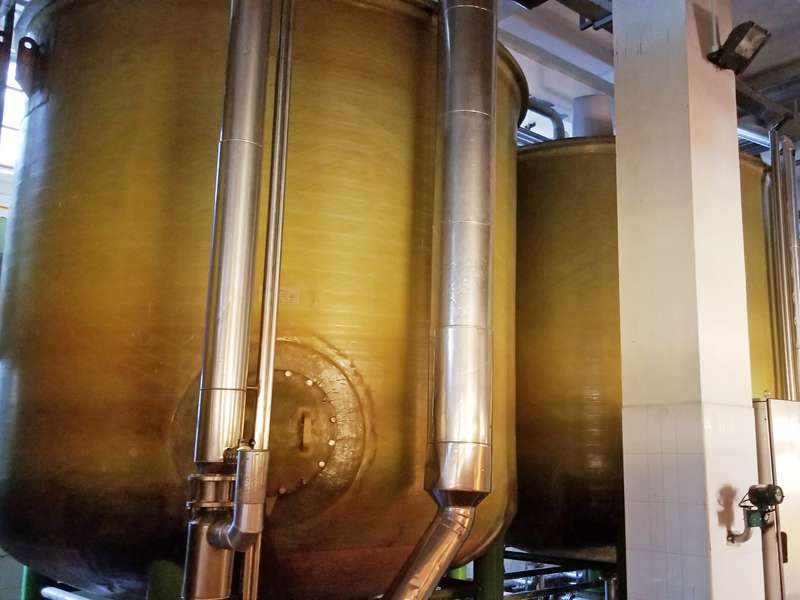
-
 Afrikaans
Afrikaans -
 Albanian
Albanian -
 Amharic
Amharic -
 Arabic
Arabic -
 Armenian
Armenian -
 Azerbaijani
Azerbaijani -
 Basque
Basque -
 Belarusian
Belarusian -
 Bengali
Bengali -
 Bosnian
Bosnian -
 Bulgarian
Bulgarian -
 Catalan
Catalan -
 Cebuano
Cebuano -
 China
China -
 China (Taiwan)
China (Taiwan) -
 Corsican
Corsican -
 Croatian
Croatian -
 Czech
Czech -
 Danish
Danish -
 Dutch
Dutch -
 English
English -
 Esperanto
Esperanto -
 Estonian
Estonian -
 Finnish
Finnish -
 French
French -
 Frisian
Frisian -
 Galician
Galician -
 Georgian
Georgian -
 German
German -
 Greek
Greek -
 Gujarati
Gujarati -
 Haitian Creole
Haitian Creole -
 hausa
hausa -
 hawaiian
hawaiian -
 Hebrew
Hebrew -
 Hindi
Hindi -
 Miao
Miao -
 Hungarian
Hungarian -
 Icelandic
Icelandic -
 igbo
igbo -
 Indonesian
Indonesian -
 irish
irish -
 Italian
Italian -
 Japanese
Japanese -
 Javanese
Javanese -
 Kannada
Kannada -
 kazakh
kazakh -
 Khmer
Khmer -
 Rwandese
Rwandese -
 Korean
Korean -
 Kurdish
Kurdish -
 Kyrgyz
Kyrgyz -
 Lao
Lao -
 Latin
Latin -
 Latvian
Latvian -
 Lithuanian
Lithuanian -
 Luxembourgish
Luxembourgish -
 Macedonian
Macedonian -
 Malgashi
Malgashi -
 Malay
Malay -
 Malayalam
Malayalam -
 Maltese
Maltese -
 Maori
Maori -
 Marathi
Marathi -
 Mongolian
Mongolian -
 Myanmar
Myanmar -
 Nepali
Nepali -
 Norwegian
Norwegian -
 Norwegian
Norwegian -
 Occitan
Occitan -
 Pashto
Pashto -
 Persian
Persian -
 Polish
Polish -
 Portuguese
Portuguese -
 Punjabi
Punjabi -
 Romanian
Romanian -
 Russian
Russian -
 Samoan
Samoan -
 Scottish Gaelic
Scottish Gaelic -
 Serbian
Serbian -
 Sesotho
Sesotho -
 Shona
Shona -
 Sindhi
Sindhi -
 Sinhala
Sinhala -
 Slovak
Slovak -
 Slovenian
Slovenian -
 Somali
Somali -
 Spanish
Spanish -
 Sundanese
Sundanese -
 Swahili
Swahili -
 Swedish
Swedish -
 Tagalog
Tagalog -
 Tajik
Tajik -
 Tamil
Tamil -
 Tatar
Tatar -
 Telugu
Telugu -
 Thai
Thai -
 Turkish
Turkish -
 Turkmen
Turkmen -
 Ukrainian
Ukrainian -
 Urdu
Urdu -
 Uighur
Uighur -
 Uzbek
Uzbek -
 Vietnamese
Vietnamese -
 Welsh
Welsh -
 Bantu
Bantu -
 Yiddish
Yiddish -
 Yoruba
Yoruba -
 Zulu
Zulu
Exploring the Versatile Applications and Benefits of FRP Chemical Products in Modern Industry
Understanding FRP Chemical Products
Fiber Reinforced Polymer (FRP) is a composite material widely recognized for its remarkable properties and versatility. Composed of a polymer matrix reinforced with fibers, typically glass, carbon, or aramid, FRP chemical products are used in a wide array of applications, ranging from construction to aerospace. This article provides an overview of FRP chemical products, their benefits, and their extensive uses.
Composition and Characteristics
The primary components of FRP are the reinforcing fibers and the polymer matrix. The fibers provide the tensile strength and rigidity, while the polymer matrix binds the fibers together and protects them from environmental damage. The most common types of fibers used in FRP are glass fibers, which offer high strength-to-weight ratios and excellent corrosion resistance. Carbon fibers, while more expensive, provide superior strength and stiffness, making them suitable for high-performance applications.
One of the key attributes of FRP chemical products is their lightweight nature. Compared to traditional materials like steel and concrete, FRP products can significantly reduce transportation and installation costs. Moreover, they exhibit exceptional resistance to chemicals, making them ideal for use in harsh environments. The durability of FRP products allows them to withstand extreme weather conditions, UV radiation, and various chemical exposures without losing their structural integrity.
Advantages of FRP Chemical Products
1. Corrosion Resistance One of the most significant benefits of FRP is its resistance to corrosion. Traditional materials like steel can rust when exposed to moisture and chemicals. In contrast, FRP products resist degradation, extending their lifespan considerably and reducing maintenance costs.
2. Lightweight The lightweight nature of FRP contributes to easier handling and installation. This advantage is particularly beneficial in applications where reducing the weight of structures is crucial, such as in aviation and automotive industries.
frp chemical product

3. Strength and Stiffness Despite being lightweight, FRP products can deliver high strength and stiffness. The careful selection of fibers and matrix materials allows engineers to tailor the mechanical properties to specific requirements, making FRP suitable for demanding structural applications.
4. Design Flexibility The versatility of the FRP manufacturing process allows for intricate designs that may be difficult or impossible to achieve with traditional materials. This flexibility enables architects and engineers to explore innovative designs without compromising performance.
5. Thermal and Electrical Insulation FRP exhibits excellent thermal and electrical insulation properties, making it a preferred choice in electrical applications and environments where temperature fluctuations are common.
Applications of FRP Chemical Products
FRP chemical products are utilized across various industries due to their unique properties. In the construction sector, they are commonly used for reinforcing structures, creating corrosion-resistant pipes, and manufacturing lightweight bridge components. The automotive industry benefits from FRP in the production of body panels and structural components that enhance fuel efficiency.
In marine applications, FRP is used to build boats and other watercraft due to its resistance to saltwater corrosion. Additionally, FRP is popular in the aerospace sector, where lightweight materials contribute to fuel efficiency and overall performance.
Conclusion
FRP chemical products represent a significant advancement in material science, combining the strengths of polymers and fibers to create a lightweight, durable, and versatile material. As industries continue to innovate and seek efficient solutions, the demand for FRP products is likely to grow. By understanding the properties and benefits of FRP, stakeholders can better appreciate its role in shaping the future of engineering and construction. Its ability to withstand harsh environments while providing design flexibility makes FRP an invaluable resource across multiple sectors, reinforcing its position as a vital material in modern applications.
Latest news
-
Oblate Tanks: Space-Saving, Durable Liquid Storage SolutionsNewsAug.27,2025
-
High-Performance Piping System Solutions for Industry & Commercial UseNewsAug.26,2025
-
Precision Fittings: Durable & Reliable Industrial & Plumbing SolutionsNewsAug.25,2025
-
Practical Steps: Unlock Success with Our Proven GuidesNewsAug.24,2025
-
Transport Tanks: Safe, Durable & Efficient Liquid HaulingNewsAug.23,2025
-
High-Quality Piping Systems for Efficient Flow & DurabilityNewsAug.22,2025









